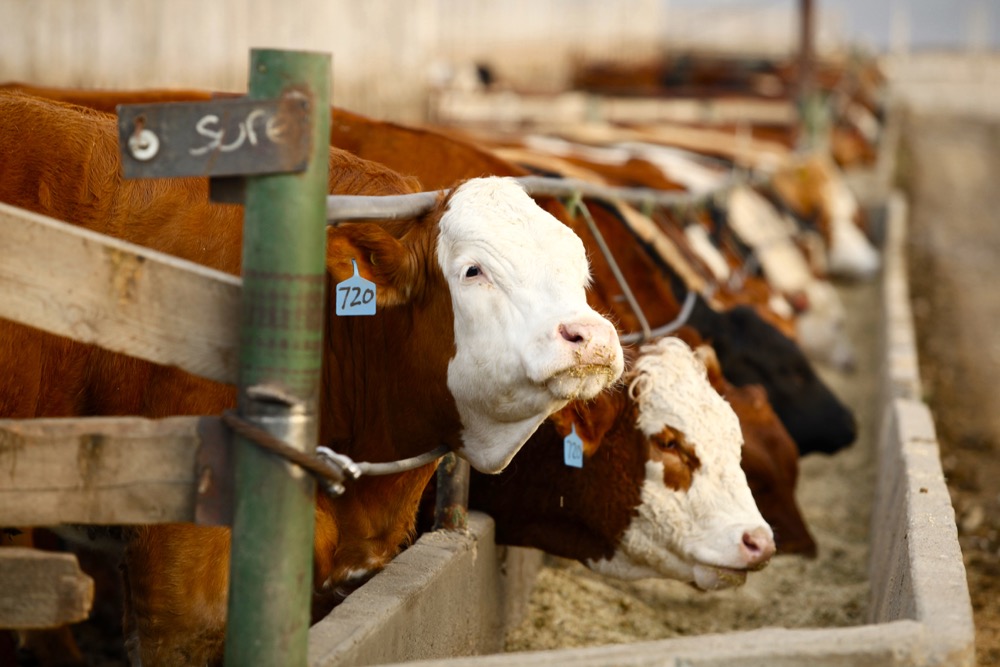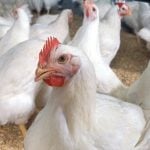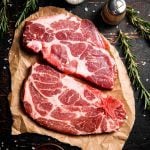Seasonal trends have led to the expected decline in Canadian hog prices, but Perry Mohr says the market is still stronger than the previous year.
“Prices have slid considerably the last little while,” said Mohr, general manager for H@ms Marketing Services at Headingly, Man., noting they usually decline in the fourth quarter.
“This year it’s a little bit different, because the hogs didn’t come in as great numbers as was expected. As a matter of fact, up until two weeks ago, slaughters were uncharacteristically low and everyone was scratching their heads as to the reason why.”
Read Also

U.S. livestock: Cattle markets mostly higher
Cattle futures on the Chicago Mercantile Exchange were mostly higher on Monday, although the nearby October live cattle contract settled…
As of the week ending Friday, Signature No. 3 hogs average C$150.31 per 100 kilograms, compared to $166.04 per 100 kg during the week ended Oct. 25, according to H@ms.
However, when compared to a year ago, Signature No. 3 hogs were significantly lower, priced at only $136.79 during the week ending Nov. 23, 2012.
A combination of factors have caused the lower slaughter numbers, Mohr said, including the porcine epidemic diarrhea (PED) virus in several U.S. states.
“You’ve been hearing an awful lot about PED in the U.S. and people thought that could be the impact of that (low slaughter numbers), but quite honestly, we didn’t expect that impact of PED to sort of kick in until December or January,” he said.
“We’re speculating, but hog weights have also really crept up, with carcass weights at record levels. In August, carcass weights were average 198 pounds, but today they are about 212 pounds, so one of the beliefs is that producers have extra room in their barns due to the impact of PED.
“Basically they saw that feed prices were going to be lower as we headed into the fall and they just held onto the animals longer, putting on extra weight.”
Mohr said prices last year at this time were roughly $10 per 100 kg lower, due to expensive feed prices.
“They’re higher than last year,” he said. “If you recall last year, the exact opposite trend was happening in the U.S. There was expensive feed and producers were marketing as many animals as they could, as quickly as possible. As a result, the market came under lots of pressure.”
“Reasonably bullish”
Looking ahead, Mohr said he is optimistic about the near-term outlook for the Canadian hog market.
“I think we’re reasonably bullish that things are going to be better than normal,” he said, noting that high beef costs have helped with demand.
“Record-high beef prices have forced some consumers to look at substitutes and one of the things they are substituting right now is pork. We’ve seen an increase in domestic demand and we’ve seen an increase in demand at the food services level, which is something this is very positive for our industry.
“One of our biggest contributors to that, ironically enough, is one of the cheapest cuts, and that’s the pork butt. People are making pulled pork and there is more pulled pork on restaurant menus,” Mohr added.
— Brandon Logan writes for Commodity News Service Canada, a Winnipeg company specializing in grain and commodity market reporting.















